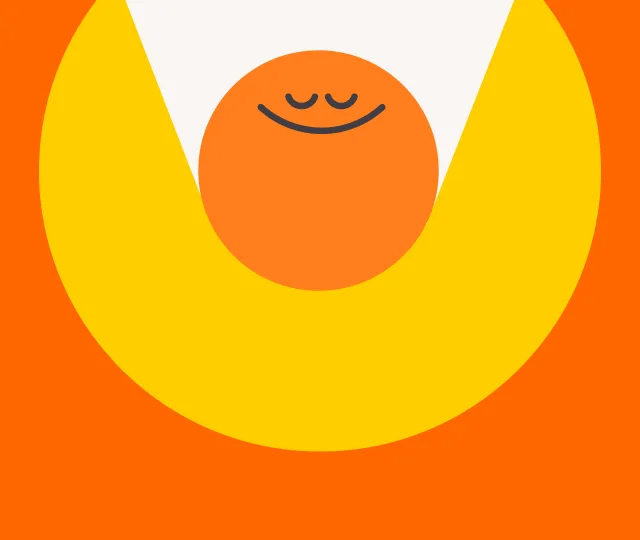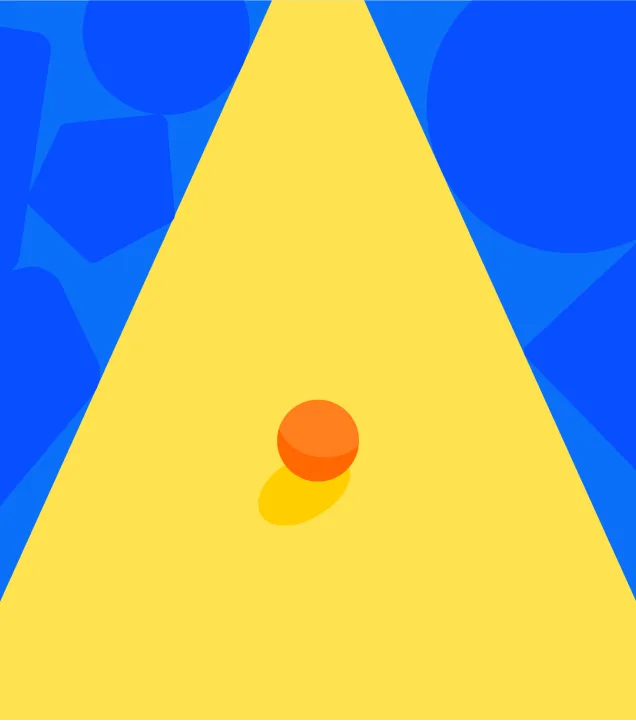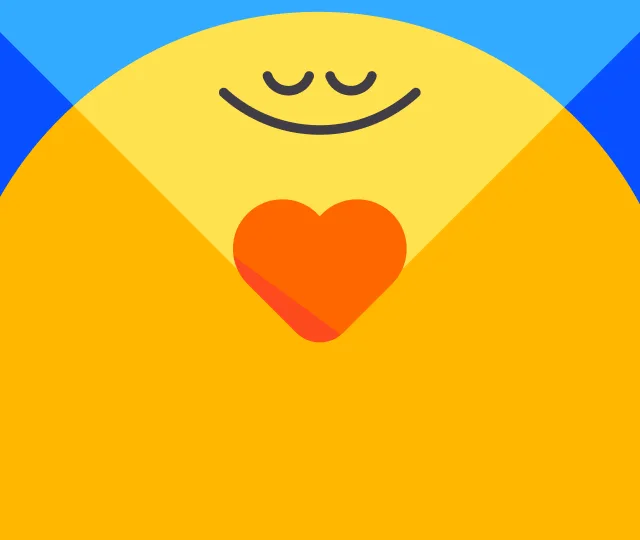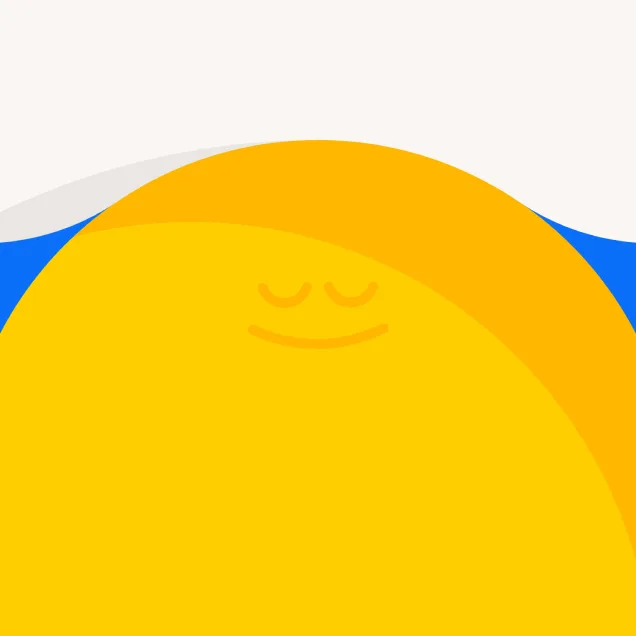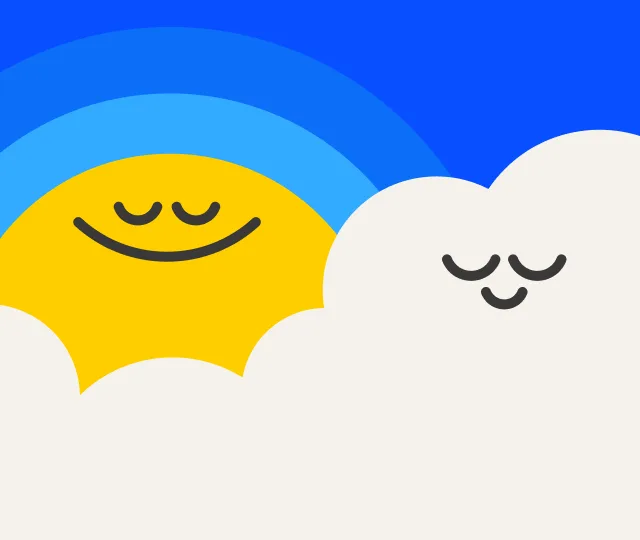Meditation for beginners

Our Mindfulness and Meditation Experts

Meditation is something anyone can do, anytime, anywhere — even someplace loud. It’s easy to learn and involves some pretty basic techniques. Like anything new, the more we meditate, the more comfortable we’ll get spending time with our mind.
It doesn’t take long to feel the benefits of a regular meditation practice. Research shows that Headspace can reduce stress in 10 days. And thousands of studies have shown mindfulness and meditation can positively impact mental and physical health. So, no matter why we want to start meditating — to feel less stressed, get better sleep, be more focused, or improve relationships — every meditation is one step closer to building healthier habits for a happier mind.
We’ll get started together. Then by the end of this article, we’ll be more familiar with how to meditate and be ready to practice on our own.
Try a mini-meditation for letting go of stress

Mini-Meditation: Letting Go of Stress
1 min
What is meditation?
Meditation is the practice of intentionally spending time with our mind. We take time out of our busy days to sit, breathe, and try to remain focused on our breath. Doing this helps us become more aware of our thoughts, act more compassionately toward ourselves and others, and connect with the present moment.
People might associate meditation with sitting in silence and stopping all of our thoughts and feelings to become calm. But that’s not really how the mind works, and neither does meditation. Rather than trying to stop our thoughts, we practice letting thoughts come and go.
How do we do this? Let’s think of thoughts like traffic in the mind, always zipping by.
Sometimes we see a flashy car and chase after it, kind of like when we get caught up in analyzing or judging a thought or when we get lost in a daydream. Other times, we see a roadblock ahead and try to resist it, like we do when we think or feel something uncomfortable. Meditation trains us to notice the traffic without chasing or fighting it — just to let the thought come. Then gently shift our focus away from it and back onto our breath — to let the thought go.
The more we practice, the more we can see thoughts for what they are: just thoughts. It’ll get easier to let them go and “get out of our heads” to be more engaged in what we’re doing, whether we’re spending time with family, making time for self-care, or working against a deadline.
What does meditation do?
Life is sometimes difficult, stressful, and challenging. We can’t control what happens, but we do have the potential to change the way we relate to those things. We need awareness to understand our own mind (our thoughts, feelings, and behaviors). And we need compassion to connect with ourselves and others.
Meditation creates the conditions for us to see things more clearly, feel calmer and content, and be kind to ourselves and others no matter what’s happening in our lives. But that doesn’t mean we’ll feel clear, calm, and kind as soon as we start or finish. Since the mind is always changing, our experience might feel different each time we meditate.
We’re teaching ourselves to be comfortable with our mind just the way it is. It really is that simple. Meditation isn’t about achieving anything other than doing it: slowing down during our busy day, checking in with ourselves, and noticing how the mind is. Because meditation is about being kind to our mind.
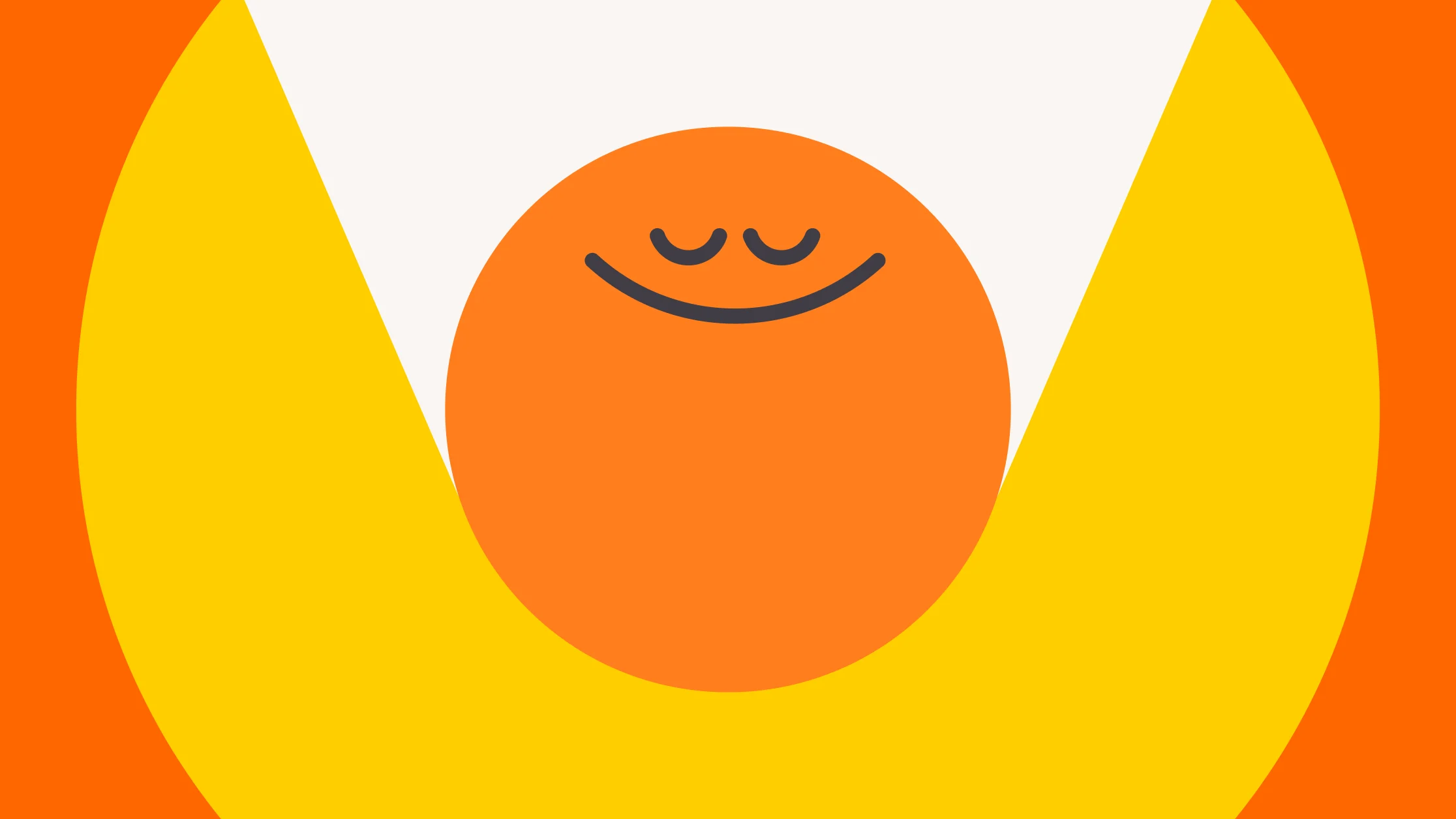
What do I need to start meditating?
Meditation doesn’t require much. But it’s easiest to get started knowing these meditation basics:
- What matters most is consistency.
Ideally, we meditate a few times a week or daily. But even completing one meditation can lead to a reduction in mind wandering. We’ll feel more and more benefits the more we practice. Research shows that 30 days of Headspace reduces stress by a third and improves satisfaction with life.
It might be helpful to schedule meditation sessions like an exercise class or appointment. Or we could tack it onto an existing routine, like every time we shower or brush our teeth.
If we miss a day or more, it’s okay. We can simply pick up where we left off.
- The best time to meditate is whenever we can.
It doesn’t matter when (or where) we meditate, so choose whatever time works best. Meditation could be nice to do first thing in the morning before our day begins or at night in bed. We could always meditate to reset ourselves before our last work meeting or after we drop the kids off at school. Anytime we feel overwhelmed, we can take a break and meditate instead of pushing through.
- We only need a few minutes to meditate.
A short meditation can be five minutes or less. If we feel like that’s not enough, a 10-minute meditation is great for beginners. Once we have a consistent practice, we can slowly increase our time.
- Be prepared for noisy distractions.
We don’t need perfect quiet to meditate. Total silence might be too overwhelming in meditation for beginners. We become extra sensitive to every little sound when things are completely quiet.
Life is rarely ever quiet anyway. We can go into our meditation practice expecting that noises will happen, whether it’s loud music from a neighbor, a dog barking in the street, a truck backing up, or sounds in another room at home. When they do, rather than becoming frustrated and focusing on the noise, “Why is my neighbor having a dance party right now?” or trying to tune it out, “I wish this music would stop,” we can notice our thought, let it go, and return to our breath.
We can always try earplugs, noise-canceling headphones, white noise machines, or soothing music — like the concentrating-boosting Focus music in the Headspace app.
- Sit and dress however feels good.
As long as our back is straight, our neck and shoulders are relaxed, and our chin is slightly tucked, we can sit wherever we feel comfortable for the length of the meditation. We can sit on our couch, a dining or office chair, propped up by pillows on the bed, or on a cushion. Cross or uncross the arms and legs, whatever feels natural. Consider loosening any clothing that’s too restrictive, taking off our shoes, or removing any accessory we tend to fidget with.
- Try guided meditation to learn from experts.
Guided meditation is a type of meditation led by a teacher who explains what to do. They cue us when to open and close our eyes, how to breathe, and break down other meditation techniques. Because they’re experts on how the mind works, they offer friendly motivation and practical advice beginners typically need, like tips for using what we learn during meditation in real life.
Once we’re familiar with the practice, we can try unguided meditation, which we do on our own.
- There’s no right or wrong way to meditate.
If we have trouble meditating at first, that’s okay. It happens to all of us. Even if we find ourselves wondering if we’re meditating correctly, don’t forget: they’re just thoughts.
What happens while meditating?
If we “do nothing” during meditation, then what happens? Here’s what to expect:
Our mind will wander. Even the pros get distracted by thoughts during meditation and forget to follow their breath, because no matter how practiced we are, the mind is always going to think.
So what do I do? Keep returning from our distracted thoughts to our breath. This trains the mind to let go of distractions more easily. Eventually, we’ll notice that we can meditate longer without getting distracted.
We might feel nothing. This doesn’t mean we’re doing it wrong or that we should give up.
So what do I do? Instead of letting doubt talk us out of it, take it day by day and keep checking in. We can also remind ourselves that we’re not wasting time when we meditate. We’re taking care of our mind.
We might feel emotional. Maybe during one practice, we’re impatient, irritable, bored, or angry, then worried, anxious, or sad the next. The mind is so used to being busy that it’s normal for all of our emotions and stress to pop up once we finally slow down.
So what do I do? Don’t try to push emotions away — they’ll only spring back more intensely. Give them the space they need, then let them go. It can also be helpful to notice how emotions feel in the body. Is anxiety making us clench our fists? Is worry making us sweat? Is boredom causing us to zone out? Then we can use the breath to try and ease some of that tension.
We’ll be fidgety. As soon as we attempt to sit still, during meditation or any other time, it’s almost as if we can’t help but scratch an itch, stretch our neck, or cross and uncross our legs.
So what do I do? We can approach this common experience exactly like we approach distracting thoughts: the moment we realize we’re fidgeting, notice it, let it go, and return our focus to our breath.
We’ll probably try too hard. Meditating is different from learning other skills. For most things, the more effort we put in, the more we get out of it. But meditation is more like sleep. The harder we try to sleep, sometimes the harder it is to drift off. When we sit to meditate, if we try hard to empty the mind, it tends to feel full.
Remember: there’s no such thing as the perfect meditation. If we notice ourselves getting frustrated that the traffic in our mind is moving too fast or we’re wondering, “Why is this so hard?” we can give ourselves some compassion. Let out a big sigh to draw our focus back to the breath.

We might feel sleepy. If we doze off, don’t worry. The mind’s getting used to figuring out the difference between slowing down and shutting off.
So what do I do? To help keep the mind alert, try meditating upright over laying down.
What's a good meditation for beginners?
One kind of meditation technique that’s good for beginners is a body scan meditation, which helps us check in with our bodies by mentally scanning each part.
Imagine a photocopier slowly moving over us, from our head to our toes, detecting any sensations in the body. As we scan down, we notice which parts feel relaxed or tense, comfortable or uncomfortable, light or heavy. And we do our best to recognize how we’re feeling without judging ourselves or trying to change what we feel. Research shows that practicing regular body scans can help reduce stress-induced hormones.
Want to give it a try? With our eyes closed, bring our focus to the top of our heads. Slowly, begin to scan down. Spend about 20 seconds noticing how each body part feels, then move on to the next. Move from the head to the eyebrows, eyes and ears, our nose, mouth, and throat. Keep scanning down the neck and shoulders, the chest and arms, down to the toes.
When we get distracted by a thought, notice it, let it go, and return our focus to the area of the body we last left off. When we finish the body scan, open the eyes.
How do I stick with meditation for beginners?
We know we’ll encounter the challenges we talked about here while we’re learning to meditate. When they pop up, we can return to this article to refresh ourselves on the basics and tips to get back on track.
The best way to to set ourselves up to keep meditating is knowing our intention. Why do we want to meditate? Being clear about what we want to get out of our practice — whether it’s to feel happier, feel calmer, be more focused, or be less stressed — will be a big help in creating the right attitude going into it. When we start to feel bored, restless, or doubtful during practice, we can easily remind ourselves of our intention. It can be the motivation we need to keep our commitment.
It might also be easier for beginners to make meditation a habit if we can remember there’s no pressure to “get it right.” As long as we show up to take time for ourselves, we’re doing great. Even if we’ve missed several planned sessions and start to think, “I’m not cut out for this.” Or we try it and think, “I’m not good at meditating.” Those are just thoughts. We can notice them, let them go, and get back to being kind to our mind.
Try meditation for beginners
The Headspace app has hundreds of guided exercises to help you build your practice. Start by searching these three meditations to help you start a meditation practice. A happier, healthier you is a few breaths away.


Be kind to your mind
- Access the full library of 500+ meditations on everything from stress, to resilience, to compassion
- Put your mind to bed with sleep sounds, music, and wind-down exercises
- Make mindfulness a part of your daily routine with tension-releasing workouts, relaxing yoga, Focus music playlists, and more
Annual - billed at $69.99 USD/yr
14 days free
$5.83 USD/month
Monthly
7 days free
$12.99 USD/month


Stay in the loop
Be the first to get updates on our latest content, special offers, and new features.
By signing up, you’re agreeing to receive marketing emails from Headspace. You can unsubscribe at any time. For more details, check out our Privacy Policy.
- © 2025 Headspace Inc.
- Terms & conditions
- Privacy policy
- Consumer Health Data
- Your privacy choices
- CA Privacy Notice

